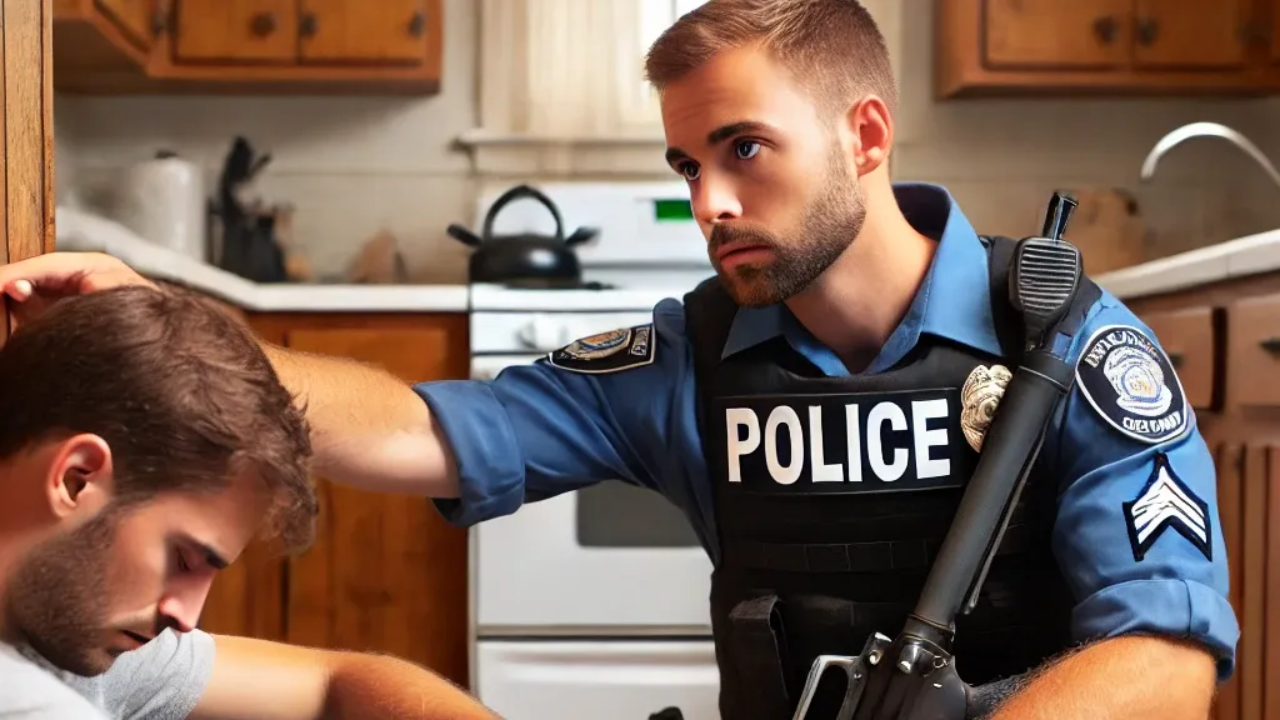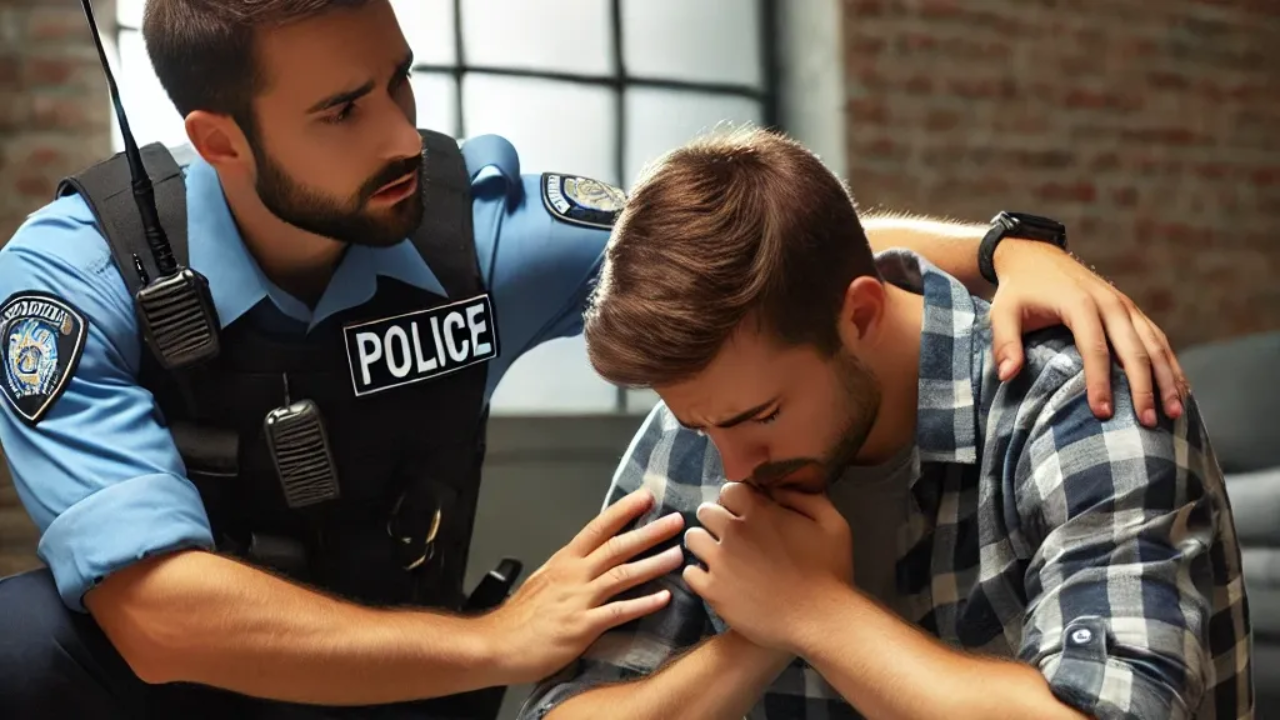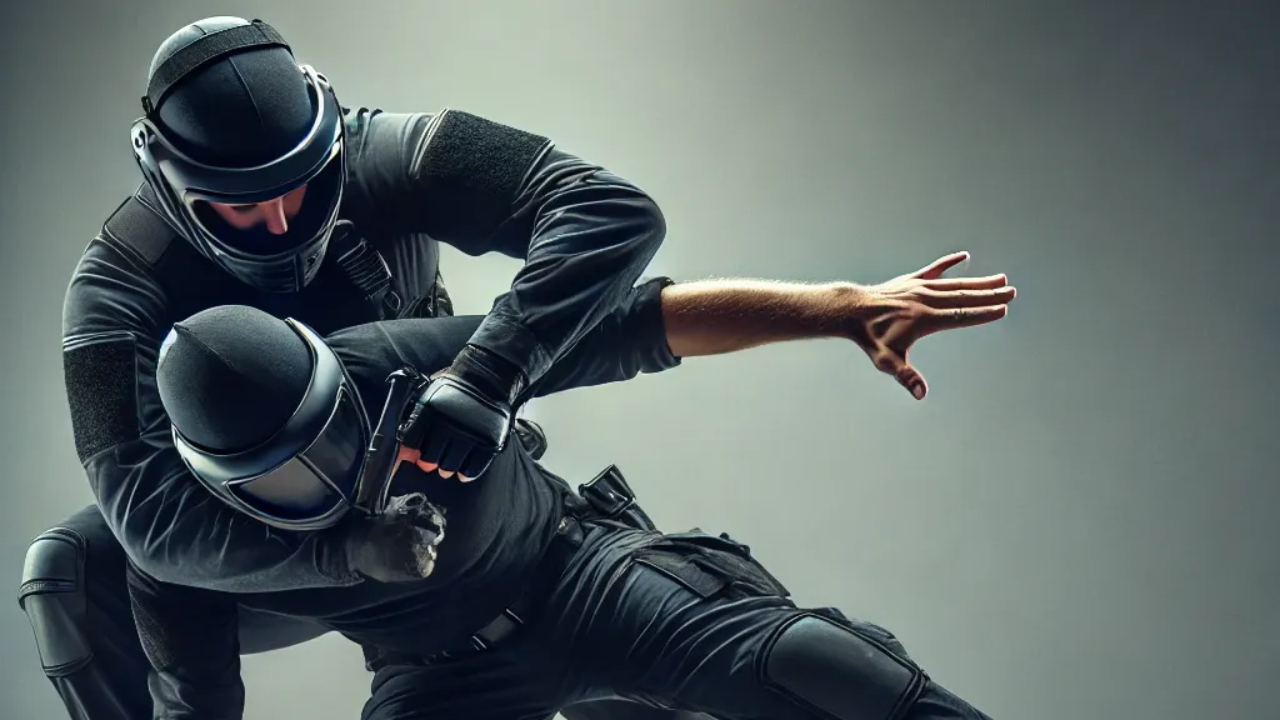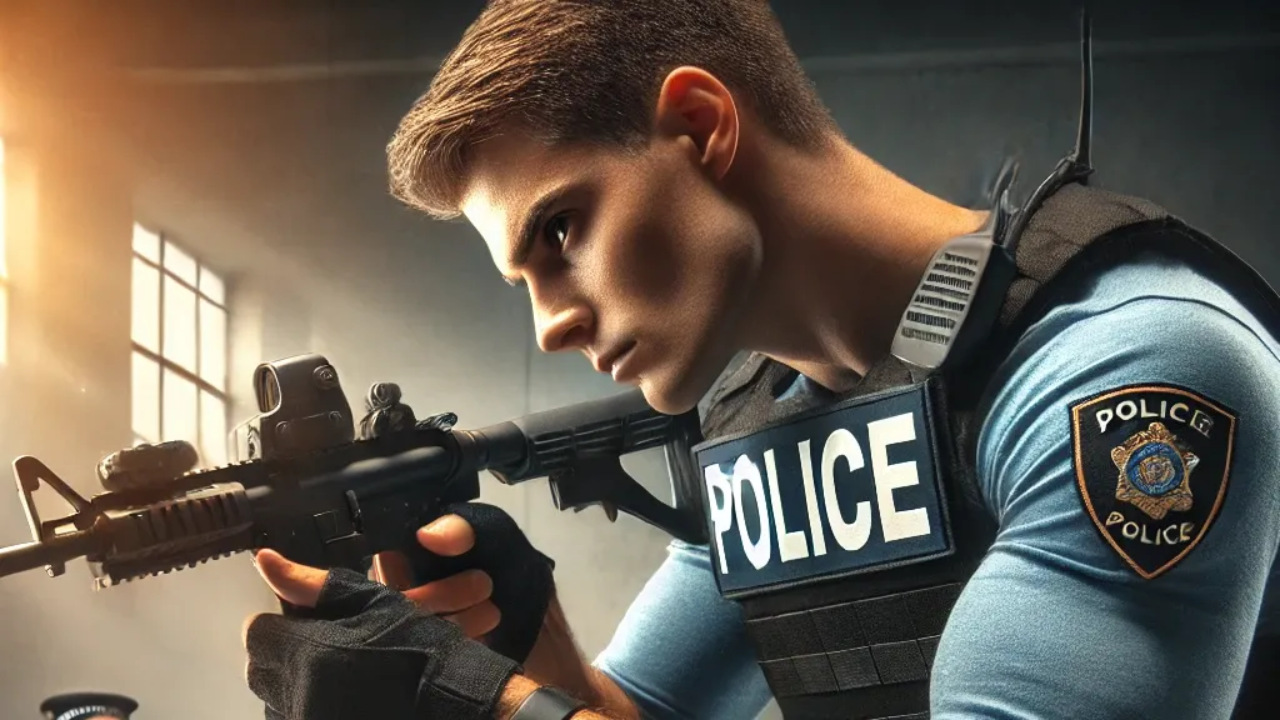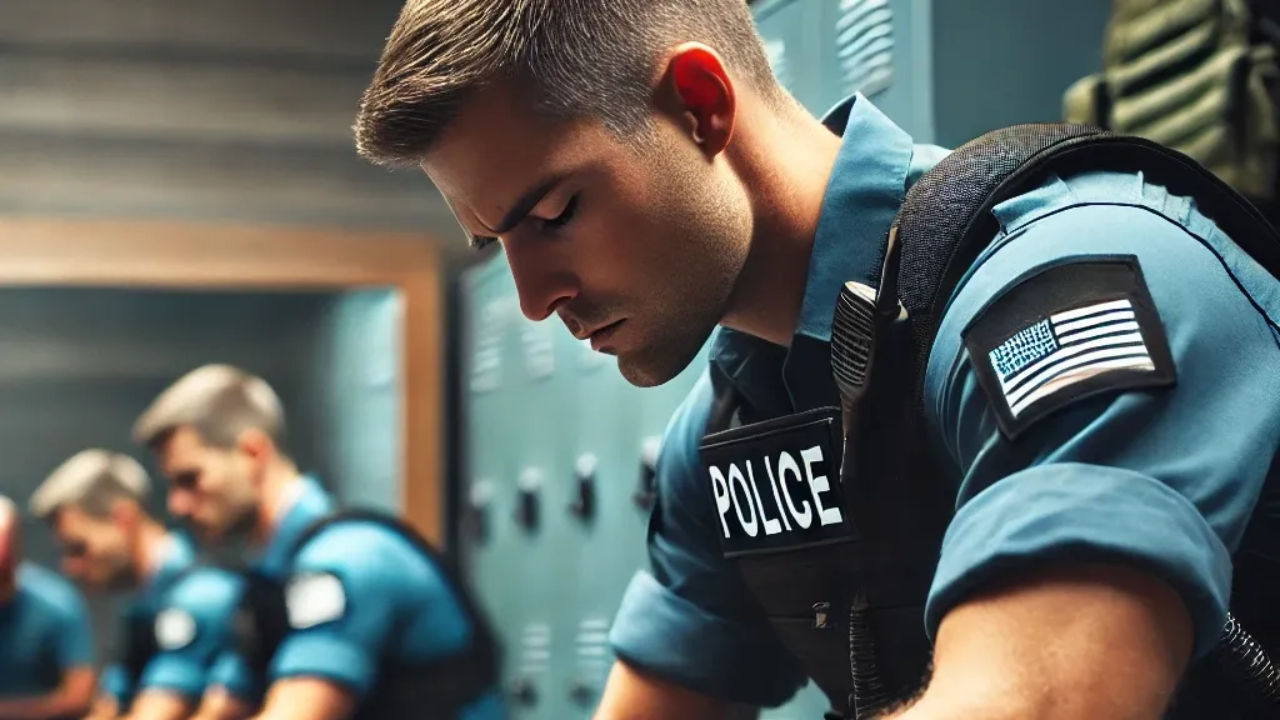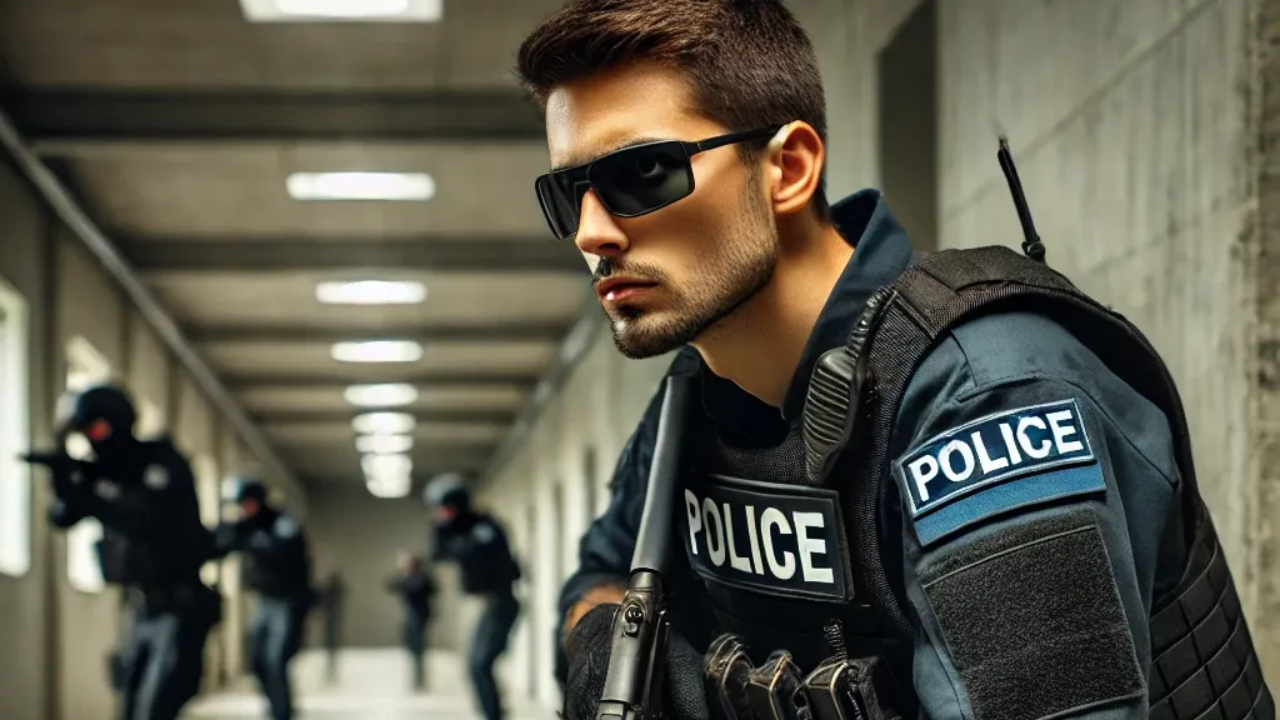Responding to domestic violence calls is one of the most emotionally charged and dangerous tasks officers face. These situations are unpredictable, often volatile, and require tact, empathy, and firm control. In the academy, recruits are trained to respond with preparedness, protection, and a trauma...
When tensions rise and crowds gather, officers must balance control with restraint. Crowd control and civil disturbance training teaches recruits how to maintain public order, protect rights, and respond with measured force in unpredictable situations. It’s a blend of preparation, discipline, and aw...
Words can be just as powerful as handcuffs. Whether it’s gathering facts from a witness or eliciting the truth from a suspect, police officers need to be skilled communicators. Interview and interrogation training in the academy sharpens your ability to ask the right questions, read between the line...
Not every call is criminal—some are deeply human. Whether it’s a mental health episode, substance use crisis, or a person on the brink, crisis intervention training (CIT) prepares recruits to de-escalate, empathize, and connect. It’s about helping people through their worst moments with skill and co...
Searching a building isn’t like the movies—it’s quiet, calculated, and absolutely critical. Whether it’s a burglary in progress or a safety sweep, building search training teaches recruits how to move methodically, communicate clearly, and stay safe in close quarters. Here's how to navigate tight sp...
A sharp eye and a well-written report are two of the most powerful tools an officer can carry. From traffic stops to felony arrests, your ability to observe, recall, and document details can make or break a case. That’s why report writing is more than paperwork—it’s a key skill that recruits are exp...
Whether you’re responding lights-and-sirens to a call or navigating tight city streets, safe and strategic driving is a must-have skill for any officer. Police academy vehicle operations training teaches recruits to drive fast when necessary, safe always, and smart no matter what. Here's how to take...
Clear, concise, and calm radio communication can make all the difference in the field. Whether it’s calling for backup, reporting your location, or relaying critical intel, how you speak on the radio can affect officer safety, coordination, and response time. In the academy, recruits learn to speak ...
From suspect control to self-protection, defensive tactics are a cornerstone of police training. In the academy, recruits learn how to move with purpose, respond with precision, and protect themselves and others—without escalating force unnecessarily. Here's how to master this vital skill set.
1....
One of the most critical—and scrutinized—aspects of law enforcement is the use of force. It’s not just about knowing how to act, but knowing when and why. Police academy use of force training prepares recruits to make quick, lawful, and ethical decisions under pressure. Here's how to excel and make ...
Policing is one of the most high-pressure jobs out there. From split-second decisions to emotional calls, the job demands more than just physical readiness—it demands emotional resilience. That’s why stress management training is a crucial part of the police academy. It teaches recruits how to stay ...
In law enforcement, what you don’t see can hurt you. Situational awareness is the art of noticing the small details, staying alert, and predicting danger before it unfolds. Police academy situational awareness training sharpens this sixth sense, preparing recruits to anticipate threats, read the env...
